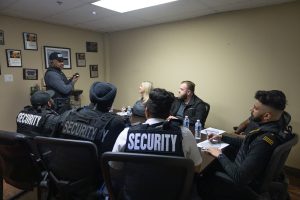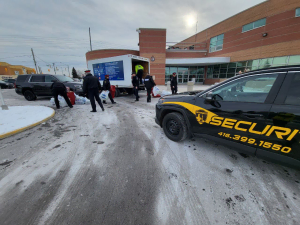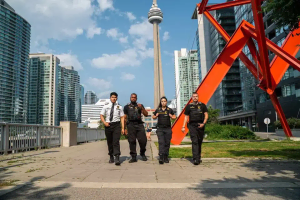Living in Toronto, a community rich in diversity and culture, means paying attention to many aspects that contribute to its overall safety and well-being. Neighborhood watch programs act like an extra set of eyes and ears, playing a crucial role in fostering a secure environment. They are more than just keeping an area safe; they’re about building a community where people look out for one another. Picture your Toronto neighborhood thriving with security and peace of mind. Isn’t that something everyone would appreciate?
If you’ve been noticing things in your area that feel a bit off, it might be time to consider the benefits of organizing a watch program. Have you ever caught yourself wondering if the rising crime rates or the lack of community participation are concerning signs? Let’s explore some of these warning signs together, shedding light on why establishing a neighborhood watch might be the perfect solution for you and your neighbors.
Increase in Crime Rates
One of the most obvious signs that your neighborhood might benefit from a watch program is a noticeable uptick in crime. This could manifest as more frequent burglaries, vandalism, or even small-scale thefts that unsettle the community. It’s like setting off an alarm that tells you something isn’t quite right.
A helpful way to gauge this is by keeping an eye on local crime reports. The Toronto Police Service, for instance, provides insights into crime statistics that are pertinent to your area. When you see these numbers climbing, it signals that something proactive needs to happen. The awareness and collective effort of a neighborhood watch can act as a deterrent, often preventing small crimes from escalating.
Consider a time when a string of break-ins happened on a single street. Having a united front made up of concerned residents could not only help reduce such incidents but also provide vital information that aids law enforcement in solving these crimes faster.
Lack of Community Involvement
Community involvement is the backbone of a healthy neighborhood, but what if people are hardly participating in local events or meetings? This kind of detachment raises red flags. Imagine hosting a community event only to find a lackluster turnout; it can be disheartening and is often a sign of a larger disengagement at play.
Low community interaction often points to missed opportunities for people to connect and look out for each other’s safety. A neighborhood watch encourages folks to come together, creating a collective sense of responsibility and care. It can turn a group of strangers into a cohesive community working towards a shared goal.
Here are some tell-tale signs of low community involvement that might suggest it’s time to act:
– Sparse attendance at community gatherings.
– Few volunteers for neighborhood initiatives.
– Limited communication or interaction between residents.
By building a stronger network through a watch program, you foster a community where everyone feels invested in each other’s safety, turning apathy into action.
Frequent Suspicious Activity
Spotting odd behaviour is a clear sign that a neighborhood watch could help. You might notice people loitering or cars repeatedly moving slowly down the street. These unusual patterns should raise eyebrows and prompt action.
Here’s how to deal with suspicious activities wisely:
– Stay observant: Keep an eye on what’s happening around you without being intrusive.
– Take notes: Jot down details like time, location, and descriptions.
– Communicate: Share your observations with your neighbors to find out if others have noticed the same things.
– Report: Contact local authorities if something seems off, sticking to facts rather than assumptions.
Organizing a group to handle such situations turns observations into a collective effort. This teamwork not only helps in identifying potential threats but also prepares the community to respond effectively. It’s about creating an alert and ready neighborhood that knows how to protect itself.
Delayed Police Response Times
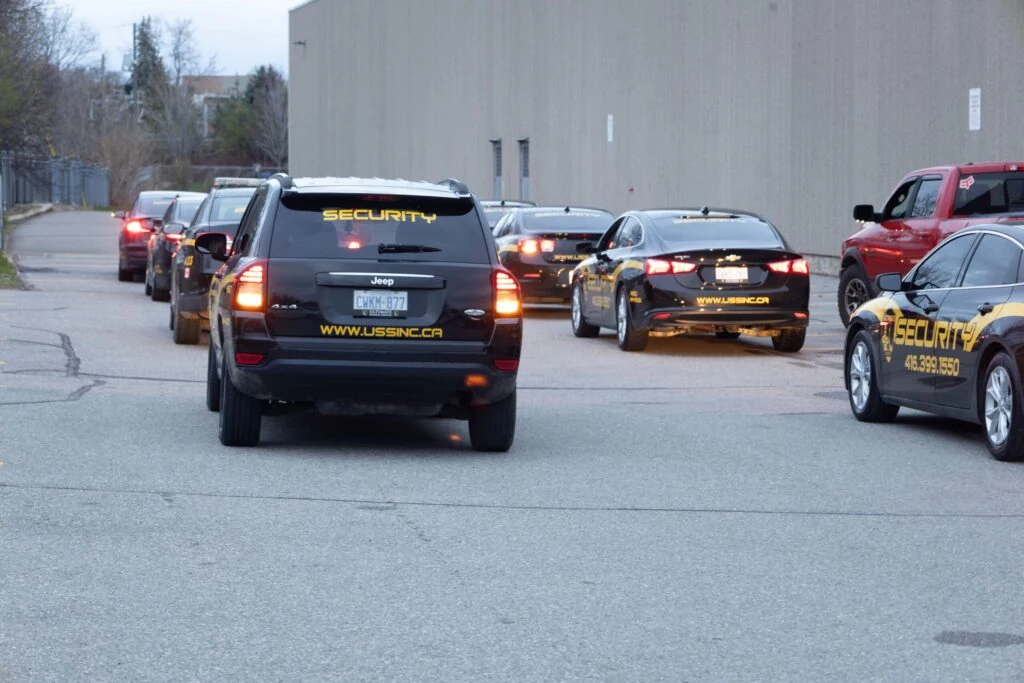
Long waits for police to arrive can be frustrating and, in some cases, dangerous. These lags might occur during busy periods or when police resources get stretched thin. When a community experiences extended response times, it’s a sign that residents need to take some safety measures into their own hands.
A neighborhood watch can bridge this gap by acting as the first point of contact, offering immediate support while waiting for police. Having members trained in basic emergency response helps manage situations temporarily and provides comfort to those affected during the wait.
Consider supporting each other during emergencies too. Establish a phone tree or a messaging system to notify everyone quickly. Knowing that someone has your back during critical moments can make all the difference, bringing a sense of peace to the community.
Recognizing the Need
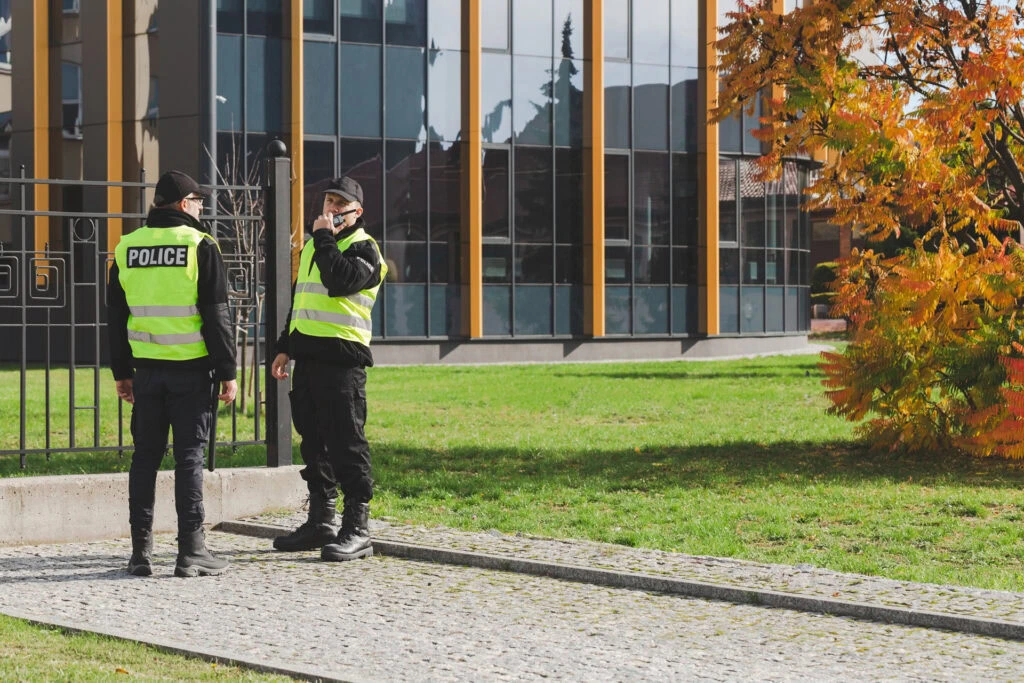
Understanding the signs that your neighborhood needs a watch program is the first step toward greater security. Increased crime, low community involvement, suspicious activities, and sluggish police response times are all indicators that action is needed.
It’s important to think about whether these warning signs sound familiar. If they do, gathering with neighbours to discuss solutions can be the beginning of something great. A collective approach not only addresses immediate problems but also builds a foundation of lasting security and community spirit. Taking these steps fosters a stronger, more connected neighborhood, ready to embrace challenges head-on.

To bring these strategies to life and safeguard your neighborhood in Toronto, consider starting a neighborhood watch. At Ultimate Security Services, we understand the value of community collaboration in enhancing safety. Engaging in this initiative not only helps reduce crime but also strengthens community bonds, ensuring a safer and more connected place to live. Make the first step toward a more secure neighborhood today.
